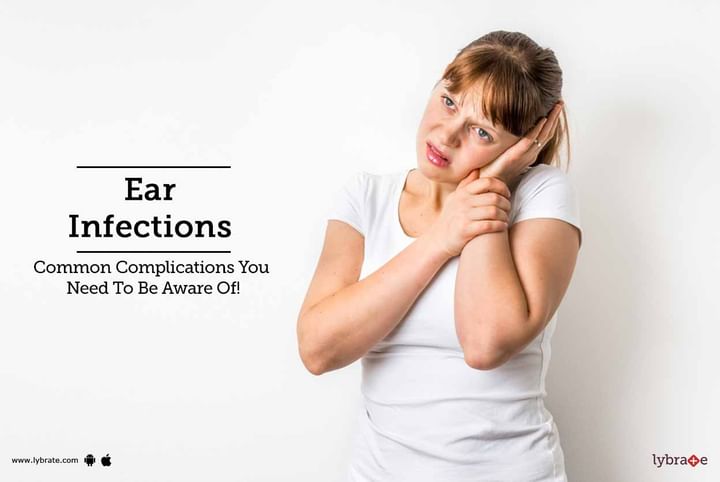Ear Infections - Common Complications You Need To Be Aware Of!
Our ears are small in size, but ‘big’ in the work they do. Not only do they help us hear, but also help us maintain our body’s balance. They thus help us stand, walk, drive…you just name it.
Ears are also much bigger in size than they actually are. The part of the ear that we see on our head is only the external ear, there is a middle ear and an inner ear too, silently carrying out complex functions related to hearing and balance. The middle ear that lies behind your ear drum is the seat of balance. And this part is hit hard at the time of an ear infection.
Ear infections cause the Eustachian tubes – small tubes that connect the middle ear to the back of your throat – to become swollen and blocked due to excess mucus. As a result of this, fluid builds up and inflammation takes root in the middle ear, thereby causing pain.
Ear infections can be acute or chronic. Acute infections clear up in a few days, but chronic ones reoccur frequently. If not managed, chronic ear infections can cause permanent damage to the middle and inner ear.
Causes of Eustachian tube blockage are as follows:
- Allergies
- Sinus infection
- Cold
- Extreme production of mucus
- Smoking
- Infected adenoid, which is a tissue near your tonsils that traps harmful bacteria and viruses
There are a few risk factors associated with ear infections. It can be said that young children are more susceptible to these infections. This is because their Eustachian tubes are short and narrow. It has also been seen that infants who are bottle-fed have a higher incidence of ear infections than breastfed babies.
Other risk factors are:
- Changes in altitude
- Changes in climate
- Exposure to tobacco smoke
- Use of pacifiers
Symptoms of ear infections:
- Pain or discomfort inside the ear
- A prolonged feeling of pressure inside the ear
- Pus-like ear drainage
- Hearing loss
What is also important to know is that the symptoms of an ear infection come and go.
Symptoms can also occur in one or both ears. Chronic ear infection symptoms can be less noticeable than those of acute ear infections.
Hence, fever and ear ache should spur you to see a doctor. You should be extremely careful with babies younger than six months who have fever or ear infection symptoms.
Your doctor will diagnose an ear infection by checking if there is a draining of fluid from the middle ear, perforation in the eardrum or a collapsed eardrum.
Sometimes, ear infections can lead to the following serious complications:
- Hearing loss
- Speech or language delay in children
- An infection in a skull bone called mastoiditis
- Meningitis
- Ruptured ear drum



+1.svg)
